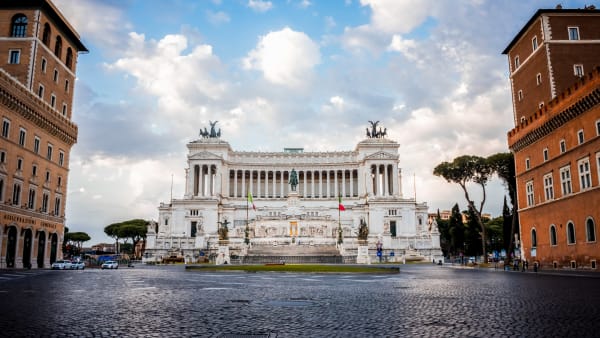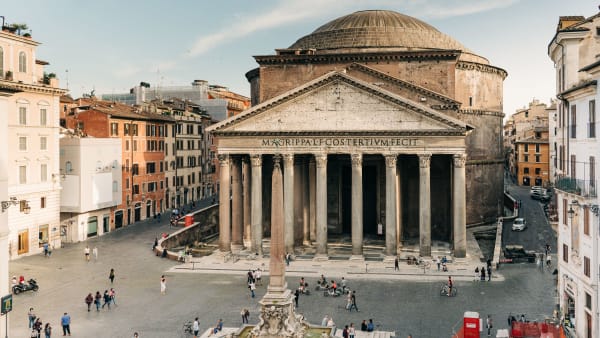Other circuses
Other circuses
The Circus Maximus wasn’t the only stadium in the city. There were others such as the Circus of Nero and the Circus Flaminius—which disappeared to make room for the Theater of Marcellus. However, the Circus Maximus was the only one that was constantly rebuilt and renovated.
The Circus of Nero
Nero’s Circus, also known as the Circus of Caligula or Circus Vaticanus, was ordered to be constructed by Emperor Caligula. He was a great fanatic of chariot racing and wanted to have a circus on the Vatican Hill—a piece of land that belonged to his mother. Caligula’s Circus was barely smaller than the Circus Maximus (approximately 540 meters long and 100 meters wide).
However, because of the public executions of Christians and criminals ordered by Nero, the circus is now known by his name. Vespasian, Nero’s successor after the four-year reign of the emperor, wanted to erase the memory of his predecessor and closed the stadium. After this, it deteriorated into ruin until Constantine the Great had the last remains torn down to build the St. Peter’s Basilica on that spot.
Circus Flaminius
The Circus Flaminius was ordered to be built by Gaius Flaminius Nepos, who was censor in 221 BC and also had the important Via Flaminia constructed. The circus was located southeast of the Campus Martius near the Tiber River and was approximately 500 meters long. After Augustus divided the city into 14 regions, the Circus Flaminius along with the entire campus belonged to Region IX.
The circus was used for various types of public entertainment, including horse races during the Ludi Taurii (games held every 5 years in honor of the di inferi, the gods of the underworld) and the Ludi Saeculares (a religious celebration involving sacrifices and theatrical performances). It’s unclear if chariot races were held at the Circus Flaminius.
The circus was mainly a place for social gatherings, attending markets, and reciting eulogies. However, the most important function was that it was the starting point of the triumphal marches of the victorious Roman generals. On the day of the victory march, the spoils of war were displayed in the circus, after which they left in a long procession to the Temple of Jupiter Optimus Maximus.
In the 2nd century BC, three theaters and an amphitheater appeared near the circus, which took over its cultural function. But temples and porticos were also built on the grounds of the circus, which now became smaller and smaller. By the time of Emperor Augustus, only a square remained (approx. 300 meters long). Until the 4th century, the Circus Flaminius was still in use as a monumental square.
An interesting event that took place in the former Circus Flaminius, was the inauguration of the Forum of Augustus in 2 BC. For this purpose, the circus was partially flooded and 36 crocodiles were slaughtered during naumachies (recreated naval battles).















